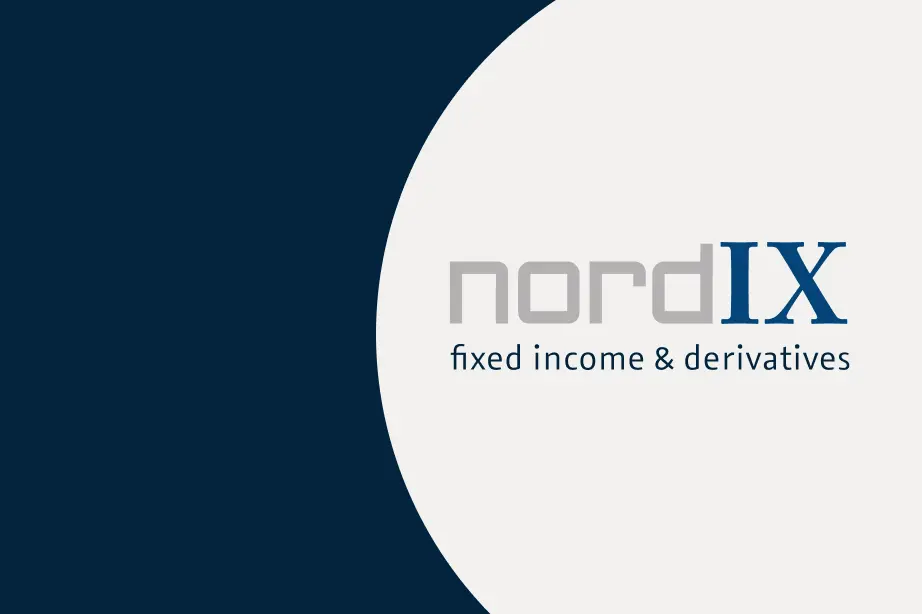Financial planners seek stable and predictable income streams for their clients. Alternative asset classes that operate independently of traditional market movements are becoming increasingly important. The European Consumer Credit Fund (ECCF) from the Hamburg-based fixed-income boutique nordIX AG positions itself as an innovative solution for institutional and professional investors.
It provides access to a broadly diversified portfolio of European consumer loans, offering regular distributions and low correlation with traditional asset classes. Board member Claus Tumbrägel discusses the fund surpassing the €100 million milestone and emphasizes its relevance as a building block for modern, sustainable, and risk-conscious financial planning.
Mr. Tumbrägel, the ECCF recently exceeded €100 million in assets under management. What significance does this milestone hold for institutional investors and financial planners?
Claus Tumbrägel: Surpassing the €100 million mark confirms the attractiveness of the fund as a component of diversified financial planning. Especially in volatile markets, institutional investors are looking for solutions that provide stable, predictable cash flows and operate largely independently of traditional interest rate and equity market movements. The ECCF meets these requirements and, as a structured Article 8 fund, also offers a sustainable investment option that aligns with regulatory requirements and ESG criteria for many investors.
What makes consumer loans particularly interesting from a portfolio allocation perspective?
Consumer loans are highly granular and predictable. With over 70,000 borrowers and an average loan size of €1,200, default risk is widely distributed. Monthly interest and principal payments generate regular income. For financial planners, this is a significant advantage: the asset class provides attractive ongoing yields and exhibits low correlation with traditional bonds or equities, supporting efficient diversification and risk reduction within the portfolio.
How is access to the consumer credit market ensured for institutional investors?
The fund acts as a bridge between institutional investors and selected lending platforms. We invest only in countries with investment-grade ratings and work exclusively with originators with a proven track record. A structured, four-stage due-diligence process ensures that only transparent and reliable partners are included in the portfolio. Financial planners can therefore rely on professional pre-selection and ongoing quality control.
What role do market size and growth potential play in strategic financial planning?
The consumer credit market in the Eurozone amounts to around €730 billion, with roughly 40% refinanced annually. This provides institutional investors with long-term scalability without expected supply bottlenecks. Since the fund’s launch, over one hundred platforms have been analyzed. Currently, 14 partners are integrated, with additional platforms onboarding. Internationalization across twelve markets—with further planned expansions—contributes to portfolio diversification and stability.
How do investors benefit concretely from the fund’s strategy?
Since fully investing in October 2022, the fund has not recorded a negative monthly return. Annual distributions were €4 per share in 2023 and 2024, and increased to €5 in 2025. For financial planners, this means the fund provides predictable, regular income, supporting liquidity and distribution planning for their clients.
What further objectives do you pursue with the fund?
Medium-term, we see potential for €350–500 million in assets without compromising credit quality or due diligence. In parallel, we are investing in developing our analytical systems to manage risks even more granularly and enhance transparency. Our goal remains to offer an investment solution that combines capital preservation, regular distributions, and a high degree of control—key aspects for professional financial planning in an increasingly uncertain market environment.
























































































































